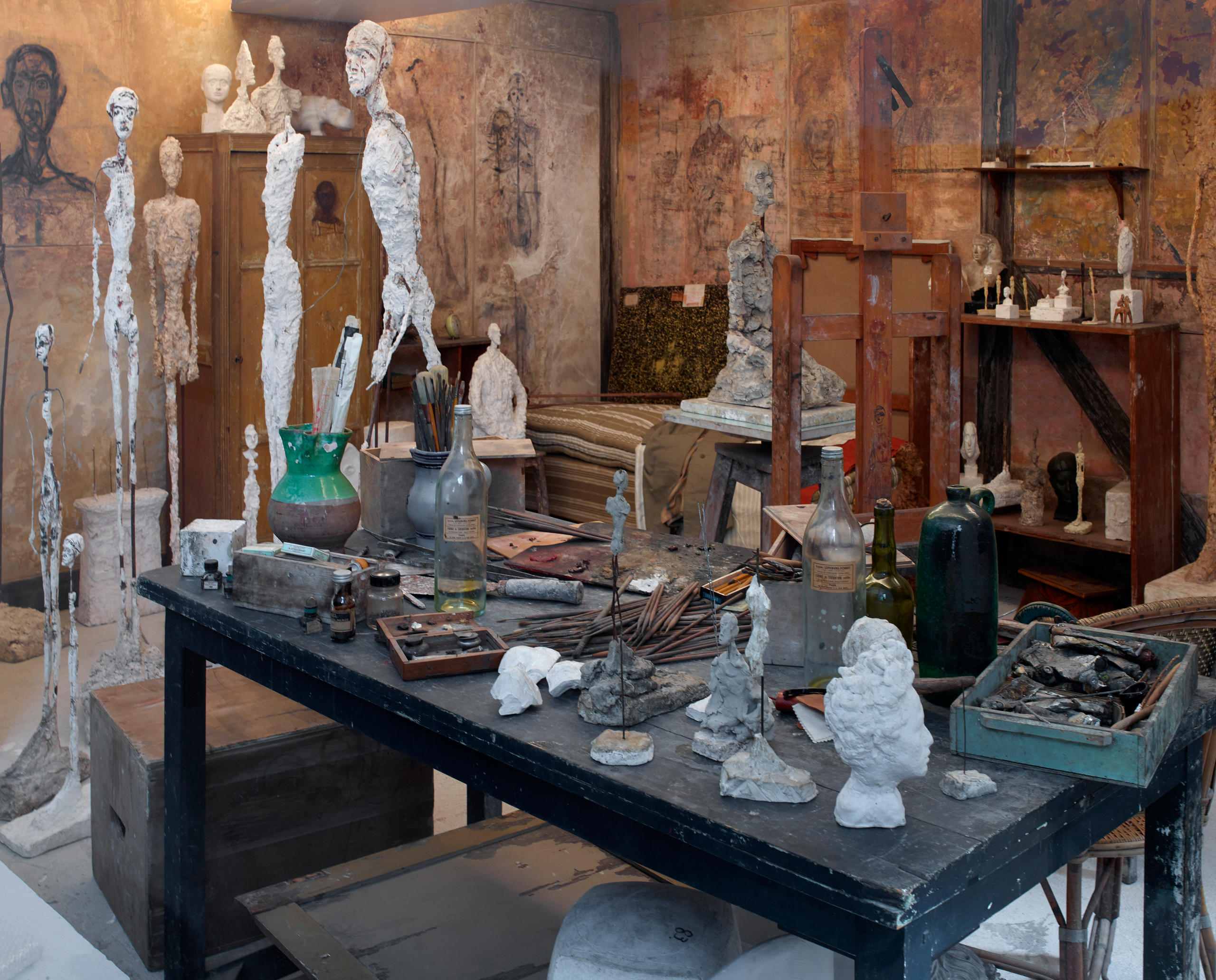
Situation in Blatten stable but steady rockfall continues

The situation in the landslide area of Blatten in southwestern Switzerland remained stable on Monday night. There were no recognisable changes on the Birch Glacier. On the Kleine Nesthorn, however, smaller rockfalls continue to occur.
+Get the most important news from Switzerland in your inbox
This is also why the debris cone at the bottom of the valley is still not accessible and has not been cleared for clearing work, Fernando Lehner from the regional command staff told the Swiss News Agency Keystone-SDA on enquiry. The corridor above the glacier holds around 300,000 cubic metres of rock.
Partial inspections by experts were planned for Tuesday. This should allow the natural hazard assessment to be updated. It was also clarified whether individual zones could be authorised to carry out certain work in consultation with the management team.
Lehner explained that the construction of a rescue road to Ried and Eisten, the clearing of the new bed of the River Lonza and the removal of alluvial debris by helicopter have priority.
The search for the missing man, which had been resumed the previous day, was continued. The 64-year-old local man had apparently been surprised by the glacier collapse on Wednesday afternoon when he was looking after his sheep.
+ Flood risk threatens Swiss valley after ‘millennium event’ glacier collapse
Lake level stable
The level of the lake behind the debris cone has stabilised in the meantime, the regional command staff wrote in a press release. There are currently no particular challenges with regard to the weather situation.
The lake was created by the dammed Lonza. From Friday onwards, the water slowly began to make its way out of the dam. At times, there was a great danger of the lake overflowing and causing flooding further down the Lötschental valley. Emergency services are constantly monitoring the situation.
+ Blatten: top Swiss politician appeals for solidarity with landslide victims
The river continued to fill the reservoir in Ferden, which had been emptied as a precautionary measure. Because the concentration of sediment in the water was too high, it was still not possible to pump water out using turbines, Lehner said. The bottom outlet of the reservoir therefore remained partially open. This measure allows the water to flow from the reservoir into the Lonza.
Translated from German by DeepL/ts
How we work
We select the most relevant news for an international audience and use automatic translation tools such as DeepL to translate them into English. A journalist then reviews the translation for clarity and accuracy before publication. Providing you with automatically translated news gives us the time to write more in-depth articles. The news stories we select have been written and carefully fact-checked by an external editorial team from news agencies such as Bloomberg or Keystone.
Did you find this explanation helpful? Please fill out the short survey below to help us understand your needs.
Don’t miss your chance to make a difference! Take our survey and share your thoughts.

In compliance with the JTI standards
More: SWI swissinfo.ch certified by the Journalism Trust Initiative






























You can find an overview of ongoing debates with our journalists here . Please join us!
If you want to start a conversation about a topic raised in this article or want to report factual errors, email us at english@swissinfo.ch.